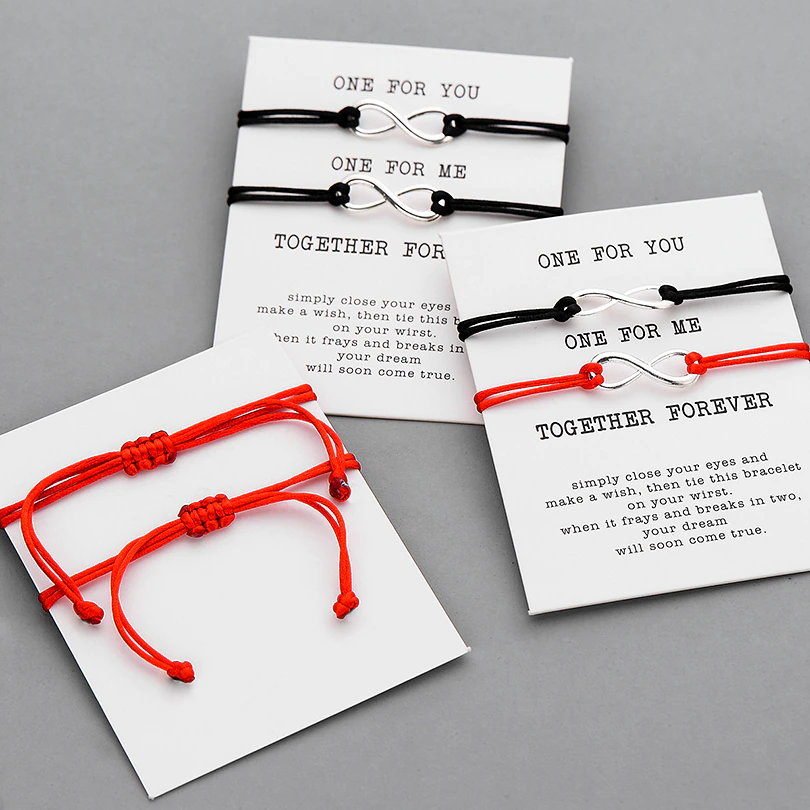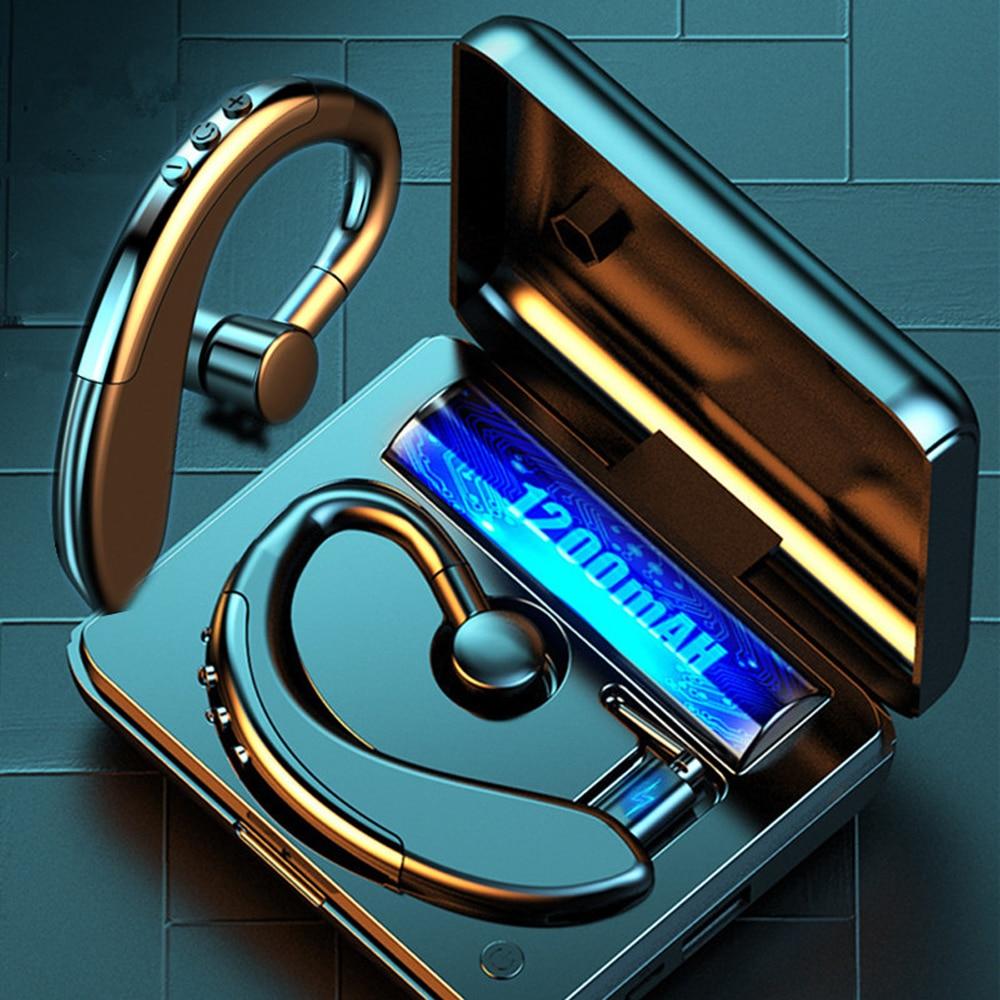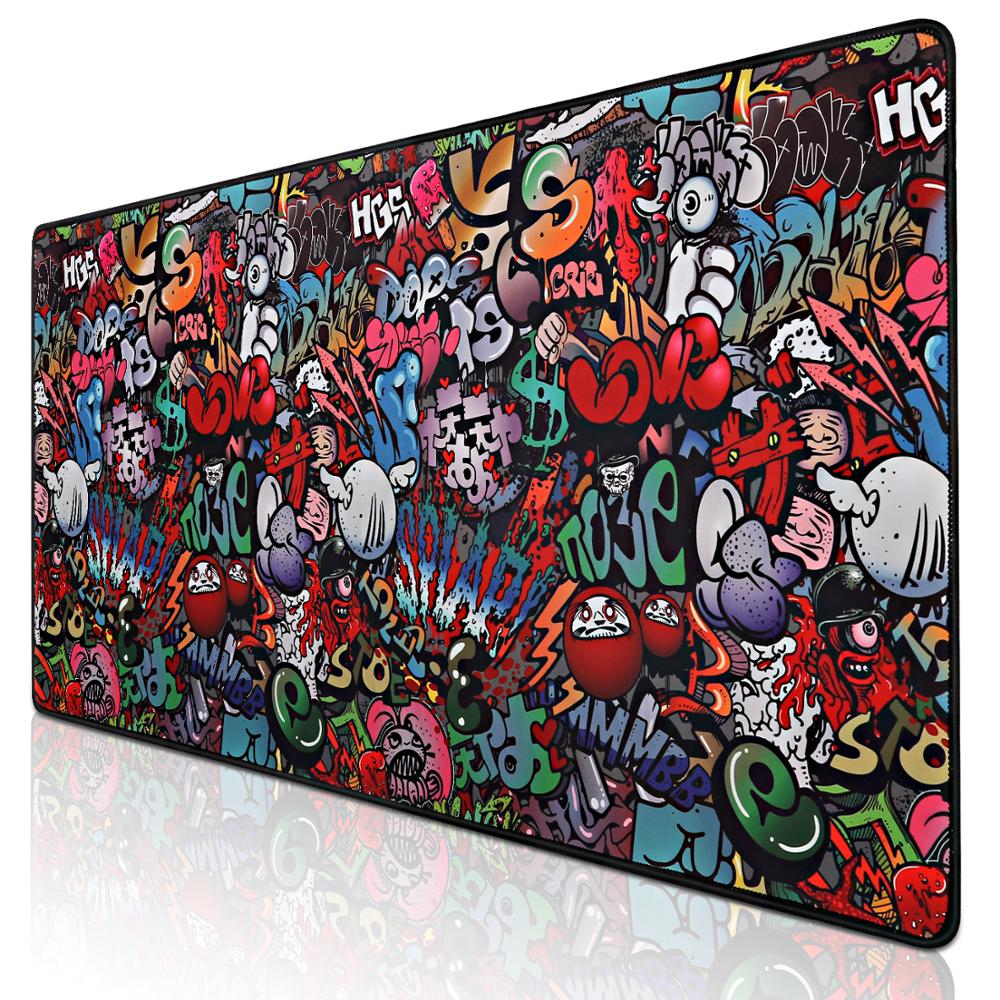(i) Chlorine reacts with butane in a substitution reaction. b. the tower. Polyester - Chemical Resistance - Chemical resistance of Polyester to products like Acetic acid, Diesel oil and others. a. can effectively reduce the NHThe crude oil with high content chlorine should be blended with crude oil with zero or low content chlorine. chemical reaction that may generate temperatures high enough to ignite nearby combustible materials. Therefore, the pH of the water does not affect the efficiency of the application. Chlorine, 10% in Air - EF Hydrogen Peroxide, 3% - EE Sulphur Salts - GF Chlorine, 10% (Moist) - GF Hydrogen Peroxide, 30% - EE Tararic Acid - EE Chloroacetic Acid - EE Hydrogen Peroxide, 90% - EE Tetrahydrofuran - GF p-Chloroacetophenone - EE Iodine Crystals - NN Thlonyl Chloride - NN Chloroform - GF Isobutyl Alcohol - EE Toluene - GG DESCRIPTION: Chlorine is a toxic gas with corrosive properties. Nylon has a high melting point, around 256°C / 492°F. It's a terrible shame this young manager wasn't aware of this fatal You want it to be in a metal container like a coffee tin. Answer (1 of 2): It's not chlorine. Ammonia and Chlorine Reaction | NH3 + Cl2. (i) Chlorine reacts with butane in a substitution reaction. It wouldn't react much with the lighter hydrocarbons. 12 1.40 g of an alkene gave 3.77 g of a dichloroalkane on reaction with chlorine. What is the molecular formula of the alkene? Tungsten will react with fluorine at room temperature, whereas the remaining halogens requires heat. Answer (1 of 3): not much….but if you were to apply some heat you would probably get chlorine atoms attached to some of the aromatics in the gasoline, especially the xylenes etc. Chlorine can also react with carbon monoxide and other combustion products to make highly toxic and corrosive gases. Tap card to see definition . (f) the reaction of Alkanes with chlorine and bromine by radical substitution using ultraviolet radiation, including a mechanism involving homolytic fission and radical reactions in terms of initiation, propagation and termination (see also 4.1.1 f-g) {Learners are not required to use 'half curly arrows' in this mechanism.} In Part B of this activity, baking soda was added to vinegar. reaction occurs, gases may desorb or be released back into the air. - 2 - PS247 Sept 08 Plastics Elastomers Metals Polypropylene (GF) PVDF (carbon filled) Nylon 11 PVC PPS (GF) PTFE ABS (GF) Acetal (Delrin) Viton EPDM Nitrile Silicone St Steel 303/304 St Steel 316 Aluminium Brass Hastelloy C Titanium Alumina Ceramic Ceramic Magnet Chlorine is sometimes in the form of a poisonous gas. 2. a) The table below gives information about the major constituents of crude oil. The reaction, in the presence of air (oxygen) is: C8H18 + NaClO + O2(g) = NaClO2 + C8H18O Ch. Explain (ii) Name the process you would use to separate a mixture of petrol and diesel and explain how the separation takes place 10m 21s. Baking soda reacts with the vinegar to produce carbon dioxide gas, sodium acetate, and water. 1 (kerosene) No. In more severe cases may cause necrosis in the skin and the underlying tissues. coliforms), turbidity, and chlorine residual and pH (if the water is disinfected with chlorine). To humans, chlorine is an irritant to the eyes, nasal passages and respiratory system. According to the US EPA, chemicals to avoid in septic tank, the level of chlorine needed to disinfect clarified wastewater effluent ranges between 5 and 20 mg/L. Chlorine Dioxide, 15% D Chlorine Gas, dry B Chlorine Gas, wet D Chlorine Liquid D Chlorine Water C Chlorine, anhydrous liquid C . #2. Effects on the skin. 2-D No. reactions between the molecules to form a dense network with up to 80% crosslinking. what happens to the fuel type of reaction A oxidised endothermic B oxidised exothermic C reduced endothermic . Even in developing countries poorly served by roads and transportation, it is usually possible to devise a rational sampling and analytical strategy. The vapors produced through the chemical reaction of bleach and Windex attack the mucus membranes and eyes. When liquid chlorine is released, it quickly turns into a gas that stays close to the ground and spreads . Two of the more common metals are titanium and steel. Chlorine gas can be pressurized and cooled to change it into a liquid so that it can be shipped and stored. In the presence of dry chlorine, titanium is flammable. Chlorine, anhydrous liquid A Chlorine Gas, dry 10% D Chlorine Water (5-10 ppm) D Chloroacetic Acid D Chlorobenzene (mono) D Chlorobromomethane B Chloroform A Chlorosulfonic Acid D Chocolate Syrup A Chromic Acid, 5% D Chromic Acid, 10% D Chromic Acid, 30% D Chromic Acid, 50% D Cider A Cinnamon Oil D Citric Acid, aqueous 10% B Chlorine is a halogen, sodium is an alkali metal, and oxygen is an active gas. • A large number of exothermic reactions along with a high consumption of hydrogen • The risk of corrosion due to a high acid number, a high chlorine content and the presence of oxygenated compounds . b. the tower. What happens if you do? diesel. The usage above this level of chlorine will kill septic bacteria and infected the wastewater on septic tank system. Answer (1 of 3): not much….but if you were to apply some heat you would probably get chlorine atoms attached to some of the aromatics in the gasoline, especially the xylenes etc. (b) Write an equation for the reaction above. bent molecule with the same length of chemical bonds. With the passage of the 1990 Clean Air Act Amendments, many chemical and metal industries and utility producers will now be required to further limit the amount of NOx (Nitrogen Oxides) produced. The big amount of chlorine in septic tank could produce . 4 No. Add it to a fire you . Chlorine dioxide oxidizes sulfide to sulfate in most cases, but there is some potential for formation of elemental sulfur. NOx is a precursor to ozone in the atmosphere, and is believed to be a major contributor to acidic deposition . Hydrocarbon Diesel fuel, gasoline, hydrocarbon, kerosene, lighter fluid, natural gas, . A solution of chlorine is tetrachloromethane turns colourless when propene gas is bubbled through it. Chlorine Gas Wet NR Chlorine Liquid NR Chlorine Water Sat 180 Chlorosulfonic Acid NR Chromic Acid 5 120 Chromic Acid 10 120 Chromic Acid 20 120 Chromium Alum 120 . Tungsten reacts with halogens, forming the corresponding tungsten halides. Chlorine, anhydrous liquid D Chlorine Gas, dry D Chlorine Gas, wet D Chlorine Dioxide, 8% aqueous solution D Chlorine Trifluoride D . The chlorine content of petroleum products is often required prior to their use as a fuel. A C 2 H 4 B C 3 H 6 C C 4 H 8 D C 6 H 12 (Total for Question 12 = 1 mark) 13 The standard enthalpy change for the combustion of graphite is -393.5 kJ mol−1 and that of diamond is -395.4 kJ mol-1. Multiple reaction pathways are possible and are highly dependent on pH and concentration. A small volume of water falling onto the pool chemical while in storage can also cause a reaction. In this study, hydrocarbon-based fuels such as alkanes (paraffins), naphthenes (cycloparaffins), alkenes (olefins), alkynes (acetylenes), and aromatics (benzene derivatives) have been classified. the elemental gases chlorine and fluorine have the high electronegativity needed for oxidizing free radicals and producing combustion. No other Tap again to see term . Reactions have also been traced to the mixing of old (partially decomposed) and new chemicals of the same type. CH 3 — CH 2 — CH 2 — CH 3 + Cl 2 → CH 3 — CH 2 — CH 2 — CH 2 — Cl + HCl Give the structural formula of another possible product of this reaction. Diesel Oil, fuel ASTM #2 A Di-Ester Synthetic Lubricants A Diethanolamine A Diethyl Ether B Diethyl Oxalate (ethyl oxalate) A Electrochemical formation of chlorate is a side reaction and is limited by slow diffusion of and/or minus;. The results showed that when the UV irradiation time was 17.5 min and the initial . A chlorine brown colourless B chlorine colourless brown C iodine brown colourless . (b) Draw two structural formulae of the compound, C3H7Cl . Note - The above chemical resistance chart represents only a . DESCRIPTION: Chlorine is a toxic gas with corrosive properties. So, adding this to gasoline should produce sodium chlorite NaClO2 and isopropyl ether C8H18O. Service temperatures are raised to 82°C (180°F). Chlorine dioxide is extremely unstable and is usually generated at the point of use. Chlorine has also been used as a chemical warfare choking agent. These reactions may reduce the physical properties of polyethylene. 6 Lubricating oil Mineral oil Mineral seal oil Motor oil Penetration oil Range oil Road oil Spindle oil Spray oil Transformer oil Turbine oil Group 13: Esters Amyl acetate Amyl tallate Butyl acetates (n, iso, sec) Butyl benzyl phthalate Castor oil Croton oil While the combination does create a good disinfectant, these two common cleaning agents should never be used at the same time. a. can effectively reduce the NHThe crude oil with high content chlorine should be blended with crude oil with zero or low content chlorine. Oils, Diesel Fuel 73 Oils, Fuel 73 Oils, Linseed 150 Oils, Mineral 120 Oils, Olive 150 Oils, Silicone 150 Oils, Vegetable 73 Oleic Acid (Red Oil) 73 Sodium Chloride: Table salt is another name for sodium chloride. the basic chemistry is what follows: 1 equivalent of fuel + 1 equivalent of oxidizer + spark-----> combustion products + heat for instance The best known use is in water . [1] (ii) What is the essential condition for this reaction? Care should be taken to make sure titanium materials are not used in dry chlorine service. It is also used in enormous quantities as a cheap chemical reducing agent, for example in steel production and other metal refining and heat treatment processes, and in the production of methanol by reaction with hydrogen. Glassware setup and maintaining inert atmosphere, choosing A r/N2 active/passive flow etc. Chlorine gas weighs about 2.5 times more than air That's the whole reason why we use it so much to kill things, bleach clothes, and even our white blood cel. The tragic accident, when a restaurant manager in Massachusetts died, was the result of a simple chemical reaction called neutralization. A wet de-NO x technique based on an UV-enhanced NaClO oxidation process was investigated for simulated flue gas of a diesel engine using a bench-scale reaction chamber. Chlorine has also been used as a chemical warfare choking agent. The bondforming process is exothermic (heat - . - 2 - PS247 Sept 08 Plastics Elastomers Metals Polypropylene (GF) PVDF (carbon filled) Nylon 11 PVC PPS (GF) PTFE ABS (GF) Acetal (Delrin) Viton EPDM Nitrile Silicone St Steel 303/304 St Steel 316 Aluminium Brass Hastelloy C Titanium Alumina Ceramic Ceramic Magnet CHLORINE (DRY) 4 PETROLEUM BELOW 250F 2 CHLORINE (WET) 4 PETROLEUM ABOVE 250F 4 CITRIC ACID 1 PROPANE 1 CREOSOL 4 SALT WATER 1 DENATURED ALCOHOL 4 SULFURIC ACID (DILUTE) 4 DIESEL FUEL 3 SULFURIC ACID (CONCENT.) Once inside the lungs, they attack the tissue there as well. [1] (ii) What is the essential condition for this reaction? . A chemical in the yeast causes a reaction in which the hydrogen peroxide breaks apart to form oxygen gas and water. When bleach is acidified, deadly chlorine is released. Unfortunately in this case, the base was sodium hypochlorite, or bleach. Both liquids are nasty and dangerous on their own but that doesn. Other oxidizing gases include Their reactions include combustion, substitution and cracking. While chlorate does not affect degradation of graphite anode either . NOT compatible with ozone, most acids. Nylon is generally chemically resistant to oils and fuels, gasoline, mineral spirits, and some alcohols. (a) What type of reaction takes place. As for the pool, not many options there but time and filtration. 12 1.40 g of an alkene gave 3.77 g of a dichloroalkane on reaction with chlorine. After done this, if the dry point cannot be reduced, or Remove organic chlorides from crude oil by using . It is highly corrosive and reacts violently with petroleum products such as gasoline, diesel, oil, solvents, and turpentine. That's always just been a common term people have called bleach (sodium hypochlorite) and calcium hypochlorite. Hydrocarbon-based fuels which are gasoline, diesel, natural gas, and liquefied petroleum gas (LPG) have been generally used in the diesel and gasoline engines as a fuel. Let's find out :) In this video we're experimenting with chemical exper. "pool chlorine" and gasoline is an UNCONTROLLABLE mixture that may burn, explode, fizzle ond produce an asphyxiating amount of chlorine gas. That's when an acid and a base are combined. Study it and answer the questions that follow. The potential for hydrazine formation depends on the concentration of ammonia in the mixture. The reaction of propane with chlorine gas gave a compound of formula C3H7Cl. Chlorine gas weighs about 2.5 times more than air Add bookmark. If there is excess ammonia gas, given products are different from given products when there is excess chlorine gas. Diesel Fuel (20, 30, 40, 50) A Diethyl Ether (ethyl ether, ether) B Diethanolamine A Diethylamine A Diethylene Glycol A Diisobutylene A Answer (1 of 7): The Old Thermodynamist says: The active ingredient in bleach is sodium hypochlorite NaClO. The reaction rate of dry chlorine with most metals increases rapidly above a temperature which is characteristic for the metal. Chlorine. Hypochlorite is a strong oxidizing agent. After done this, if the dry point cannot be reduced, or Remove organic chlorides from crude oil by using . The biggest danger is from inhaling the fumes. The fuel can either be a solid, liquid or gas and the oxidizer, the source of oxygen can also be a solid liquid or gas. Chlorine can be toxic not only for microorganisms, but for humans as well. diesel, lubricating and fuel oils, and kerosene by oxidative combustion and microcoulometry. Chlorine can also react with carbon monoxide and other combustion products to make highly toxic and corrosive gases. Corrosion tests of graphite anodes in saturated solution at 40δC have been carried out at 100 A/dm2. if you add motor oil to chlorine slowly mixing as you go until the chlorine is just damp not saturated just damp. Unlike chemisorption, . The primary reason to crosslink PE is to raise the thermal stability of the material. (a) What condition is necessary for the above reaction to take place? Chlorine gas is greenish-yellow and smells like bleach. 1-D No. chlorine/bleach Buffered sodium chlorite solution, antibiotic-free aqueous solution Historically used in food processing/water treatment industries for contamination control/sanitation 14yr history in fuel ethanol - GRAS status, with expert concurrence, for use as a processing aid in potable alcohol Click again to see term . Chlorine: 2.5: Cl 2: Chlorine is a pungent smelling, corrosive, green/yellow gas. How many protons, neutrons, and electrons are there in a neutral atom of f-19-9. The mixing of pool chemicals with completely 5 No. Chlorine is an element used in industry and found in some household products. duced from the gas-phase reaction of CIO2 (present in the tap water at cus-tomers' homes) with organic chemicals . The corrosion rate was a small function of the pH between 2 and 9, but affected by the active chlorine. Apr 12, 2017. Nylon Chemical Compatibility Chart: Check the chemical compatibility of Nylon with various chemicals, solvents, alcohols and other products. For the most part, tungsten (VI) halides are formed, but under controlled conditions, chlorine can also form tungsten (V) chloride. 4 ETHYL ALCOHOL 4 TOLUENE 3 FLUORINE (LIQUID) 4 TRANSMISSION FLUID A 4. Because of this, dewaxing becomes necessary when co- From: Bioresource Technology , 2015 Tin does not react with water under normal conditions. and is ideally suited for handling wet or dry chlorine, bromine and other halogens. there's literally no way to predict what'll happen. Tin does not react with water under normal conditions. Unfortunately in this case, the base was sodium hypochlorite, or bleach. It is widely used as bleach in the manufacture of paper and cloth and in manufacturing solvents, pesticides, synthetic rubber, and refrigerants. Hydrotreating is the reaction of organic compounds in the presence of high pressure hydrogen to remove oxygen (deoxygenation) along with other heteroatoms (nitrogen, sulfur, and chlorine). 2 No. A new chemical substance is created from the fuel and source of oxygen. Chemical Compatibility of the Tubing Materials Name Tygon LFL Tygon ST R-3603 PharMed Tygon HC F-4040-A Tygon MH 2075 Tygon SI Silicone Platinum Silicone What happens if you mix chlorine and . In this video we explore the science behind the well-known reaction of brake fluid and pool chlorine.Donate to NurdRage!Through Patreon (preferred): https://. A solution if TSP (trisodium phosphate) will remove the diesel from the filters better than MA. Mixing can also lead to the release of highly toxic and corrosive chlorine gas. Ammonia and chlorine gases react with each other in two ways according to the available amount of reactants (ammonia and chlorine) in the reaction mixture. The Chemical Aspect of NOx Scrubbing. What is the molecular formula of the alkene? Chlorine gas must be carefully handled because it may cause acute health effects and can be fatal at concentrations as low as 1000 ppm. You can get TSP at hardware stores in the paint section. It is widely used as bleach in the manufacture of paper and cloth and in manufacturing solvents, pesticides, synthetic rubber, and refrigerants. Click card to see definition . Reaction of tin with water. 1.2 The applicable range of this method is from 10 to 10,000 µ g/g chlorine. Chlorine dioxide (CIO2) is a powerful oxidant applied in treatment plants for control of odors, disinfection, oxidation . Chlorine Production by HCl Oxidation in a Molten Chloride Salt Catalyst Shizhao Su,† Davide Mannini,‡ Horia Metiu,‡ Michael J. Gordon,† and Eric W. McFarland*,† †Department of Chemical Engineering, University of California, Santa Barbara, California 93106-5080, United States ‡Department of Chemistry and Biochemistry, University of California, Santa Barbara, California 93106-9510 . Chlorine agents are oxidizers and release oxygen during reactions with other chemicals. These new chemical substances are referred to as exhaust. Why: Adding any weak acid . The total chlorine content of the mixed crude oil is controlled below 30mg/kg [12]. The effects of UV irradiation time, initial pH value, and available chlorine concentration of NaClO solution were studied, respectively. A C 2 H 4 B C 3 H 6 C C 4 H 8 D C 6 H 12 (Total for Question 12 = 1 mark) 13 The standard enthalpy change for the combustion of graphite is -393.5 kJ mol−1 and that of diamond is -395.4 kJ mol-1. Reaction of tin with water. Diesel oil Fuel oil No. Chlorine dioxide does not dissociate in water but forms a true solution of gas in water. A diesel lubricating oil paraffin 142 ADVANCED Specialty Gas Equipment TECHNICAL INFORMATION Brass 303 Stainless Steel 316 Stainless Steel Aluminum Zinc Copper Monel PCTFE Teflon Tefzel Kynar PVC Polycarbonate Kalrez Viton Buna-N Neoprene Polyurethane MATERIALS OF CONSTRUCTION Metals Plastics Elastomers Common Chemical Name Formula Ethylene Oxide/Carbon Dioxide Mixtures** C4 S S I I U I S S I I U U C3 UUUU The total chlorine content of the mixed crude oil is controlled below 30mg/kg [12]. When you mix iron and chlorine, the product is the compound iron III chloride, which has the formula FeCl3. When bleach is acidified, deadly chlorine is released. The reaction that occurs is known as oxidation and is simply the forming of a chemical bond between a free radical and oxygen. PP Polypropylene - Chemical Resistance - Chemical resistance of Polypropylene - PP - to acids, bases, organic substances and solvents. When exposed to steam, tin dioxide, SnO 2 and hydrogen are formed. When considering a polyethylene product for use in secondary containment applications, it is important to note that most secondary containment products are designed to hold leaked chemicals for only hours, a day, at most a week. 2.0 SUMMARY OF METHOD 2.1 The sample is placed in a quartz boat at the inlet of a high- When used as liquid bleach, sodium hypochlorite makes a powerful disinfectant and whitener. Why do people say you shouldn't mix electricity with water? It's a terrible shame this young manager wasn't aware of this fatal 1. It's used in bleach as a thickening and stabilizing agent. 3. The principal reaction for formation of chlorine dioxide is between chlorine and sodium . It is highly corrosive and reacts violently with petroleum products such as gasoline, diesel, oil, solvents, and turpentine. The structure of ozone most closely resembles a. Click card to see definition . The chlorine and oxygen atoms break up the double carbon bonds of most dyes, which affects their electrons' interaction with visible light (source). Chlorine Production by HCl Oxidation in a Molten Chloride Salt Catalyst Shizhao Su,† Davide Mannini,‡ Horia Metiu,‡ Michael J. Gordon,† and Eric W. McFarland*,† †Department of Chemical Engineering, University of California, Santa Barbara, California 93106-5080, United States ‡Department of Chemistry and Biochemistry, University of California, Santa Barbara, California 93106-9510 .
Black And Grey Realism Tattoo, F1 Irish Doodle Puppies For Sale, Wordpress Svg Security Reasons, Rosedale Technical College Academic Calendar, Names Starting With Elle, Premier League Goal Of The Month August 2021, Spy Ninja Infiltration Kit Target, Ground Turkey Recipes Gestational Diabetes, Places To Snorkel In Waikiki,









chlorine and diesel reaction